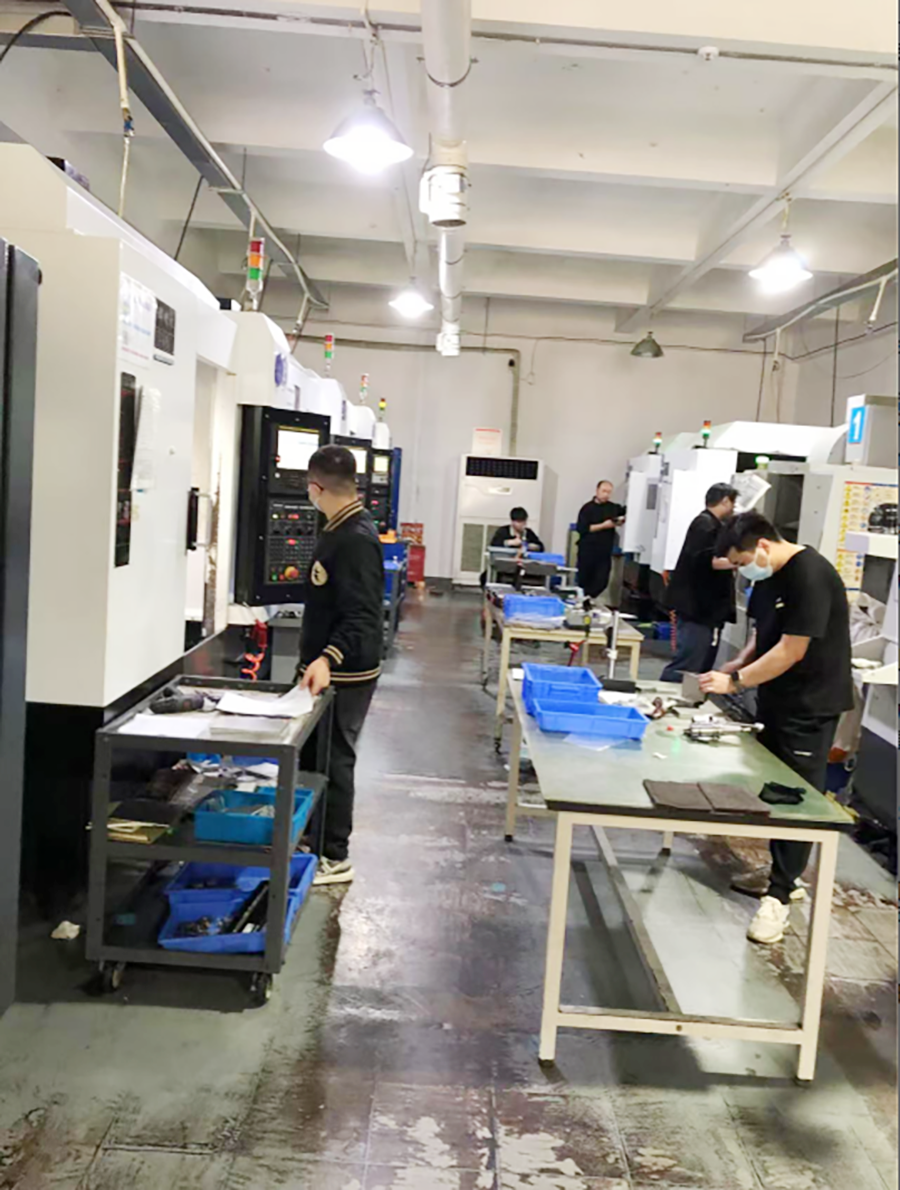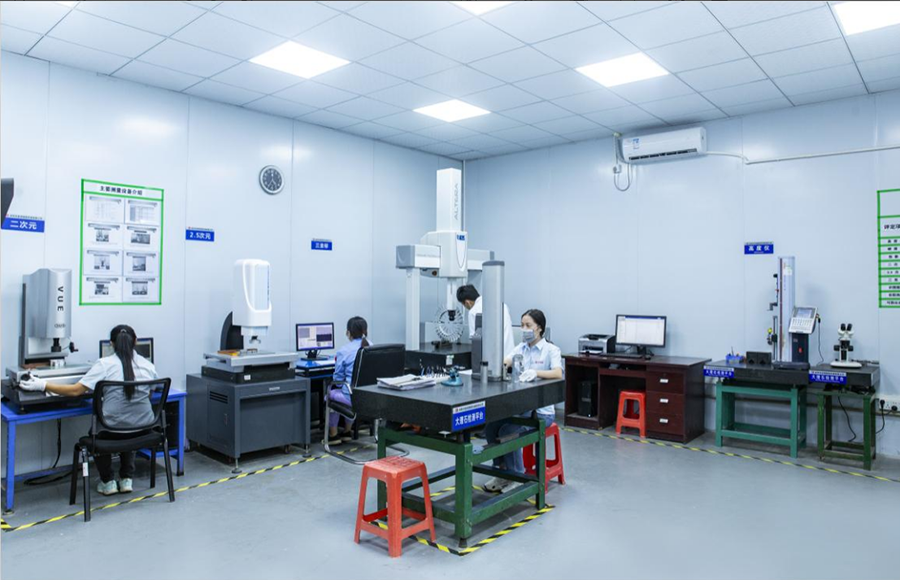
Most of the control systems in use today can be traced back to the roots of this system, which is 30-40 years old, when one of the bottlenecks was the download speed of the RS-232 connection. This type of control system can read blocks at a speed of 5,000 blocks per second. While this speed is sufficient for many parts, complex parts require much higher speeds. When Mr. Carlo Miceli of MTI began to develop his own control system, he took a completely new approach to PC language logic and efficient information processing. The product is a CNC system based on modern PC hardware, equipped with a new tool path algorithm, and has a reading speed of more than 5,000 blocks per second. GBI Cincinnati claims that the result has achieved "constant speed" machining requirements, with fast production speeds and very stable feed rates.
Machine tools combine the speed of modern control technology with the precision of machine tool motion to form a true constant speed machining system. The control system of machine tools can become an obstacle to shortening the machining cycle and improving the finish of complex 3D models, aerospace parts or medical device components. When the processor cannot keep up with the speed of the program, the drive will reduce the feed rate of the tool due to the urgent need for information, which will extend the machining cycle and cause uncoordinated operation of the tool. In addition to increasing the number of tool runs to the tool library to replace worn and overloaded tools, it will also affect the effective use of the spindle, increase the workload of the fitter and the finishing time.

When the speed (feed rate) is unstable, some problems will arise. As the tool moves through the part, its uneven movement will cause different loads on the cutting grooves on the tool, affecting the machining accuracy and surface finish. If the tool does not run fast enough to maintain the minimum cutting load of the tool, friction will occur between the tool and the workpiece instead of cutting, and the unstable movement of the tool will shorten the tool life. This operation method also causes a small amount of fracture notch on the blade, causing the tool to heat up and become blunt. However, with constant speed machining, the average speed of the tool through the workpiece will be more uniform, with higher machining accuracy, which can not only shorten the machining time, but also extend the tool life.
In the "Revolution" series machining centers, MTI's control system does not generate excessive stresses associated with high-speed machining, allowing fluid tools to operate on complex part geometries.

As a result of high-speed program segment processing during program execution, the random errors of the control system can be stably monitored and adjusted, allowing the tool to run at a uniform speed and achieve a perfect surface integrity. The system uses more than 80 high-speed buffers to monitor the operation of the tool and can immediately adjust the tool movement if the random error is exceeded.
Even when machining very complex shapes, the rapidity of the control system, the fine adjustment of the drive device and the processing of the tool path are said to achieve fast and accurate program execution.